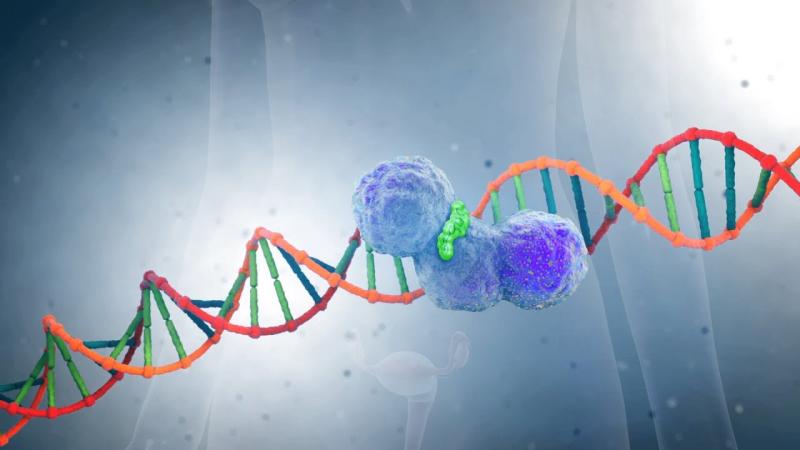Unlocking The Potential Of PARP Inhibitors: Advancements In Biomarker-Guided Cancer Treatment
Cancer treatments have advanced significantly in the past few decades. Targeted therapies have improved outcomes for many patients by going after specific vulnerabilities in tumor cells. One promising class of targeted drugs known as PARP inhibitors is showing great promise, particularly for cancers with defects in the BRCA genes. However, to maximize the benefits of these therapies, identifying useful biomarkers is crucial.
What are PARP Inhibitors?
PARP (poly ADP-ribose polymerase) inhibitors are a group of targeted drugs that work by blocking the action of the PARP enzyme. PARP Inhibitor Biomarkers plays an important role in DNA repair, helping cells fix single-strand breaks in their genetic material. Cancer cells with BRCA mutations, which are involved in homologous recombination repair, have defects in repairing these breaks. By inhibiting PARP, its DNA repair function is lost, leaving these tumor cells unable to fix the damage caused during DNA replication or by other cancer treatments like chemotherapy or radiotherapy. Without effective repair, the breaks escalate into double-strand breaks that the cancer cells cannot survive, causing them to die in a process known as synthetic lethality.
Early Clinical Success
The first PARP inhibitor approved by the FDA was olaparib in 2014 for patients with recurrent ovarian cancer and a BRCA mutation. Subsequent studies found it could benefit those with metastatic breast, prostate, and pancreatic cancers linked to BRCA1/2 mutations as well. More PARP inhibitors have since gained approval, including niraparib, rucaparib, and talazoparib. Clinical trials have demonstrated these drugs can produce responses in 30-60% of BRCA-mutated cancers as monotherapy and improve survival when combined with chemotherapy. However, only around 5-10% of ovarian, breast, and prostate cancers have BRCA mutations, limiting the number of eligible patients. To expand the use of PARP inhibitors, predictive biomarkers are needed.
BRCA Testing is Just the Beginning
While BRCA testing identifies patients most likely to benefit from PARP inhibitors, focusing solely on BRCA does not capture the full picture. Other defects in homologous recombination repair (HRR), either through genetic mutations or epigenetic changes, can also sensitize tumors to these drugs. New biomarkers aim to identify these “BRCAness” phenotypes. One such biomarker is genomic instability as measured by the loss of heterozygosity (LOH) which quantifies losses across the genome. Tumors with high LOH display defective HRR similar to BRCA mutations. Studies have shown LOH can predict response to PARP inhibitors independent of BRCA status. Tests for other HRR genes beyond BRCA are also in development.
Moving Biomarkers into Clinical Practice
To incorporate these new biomarkers into clinical decision making, further research is still needed to validate their ability to predict benefit in prospective trials. Challenges include standardizing assays, establishing quantitative cut-offs for positivity, and assessing if response varies by the degree of defect. Additional studies aim to understand if biomarkers can predict duration of response. Combination with other therapies also requires exploration, as biomarkers may help identify patients most likely to benefit from a given combination approach. Integration of biomarkers into clinical trials will be important to gather the evidence needed for regulatory approval and insurance coverage. Wider clinical adoption will also rely on tests being affordable and accessible. With ongoing research, a more comprehensive biomarker profile may one day guide optimal PARP inhibitor treatment selection.
PARP inhibitors have given new hope to many cancer patients, especially those with mutations making their tumors particularly dependent on DNA repair. While early clinical trials focused on BRCA status, expanding the eligible population requires considering other defects in homologous recombination. Promising new biomarkers show potential to identify the broader group of “BRCAness” cancers sensitive to PARP inhibition. Further research validating these biomarkers could help optimize the use of these important targeted therapies and improve outcomes for more patients. Continued biomarker development holds promise to further revolutionize precision oncology and advance personalized cancer care.
Get more insights on PARP Inhibitor Biomarkers
